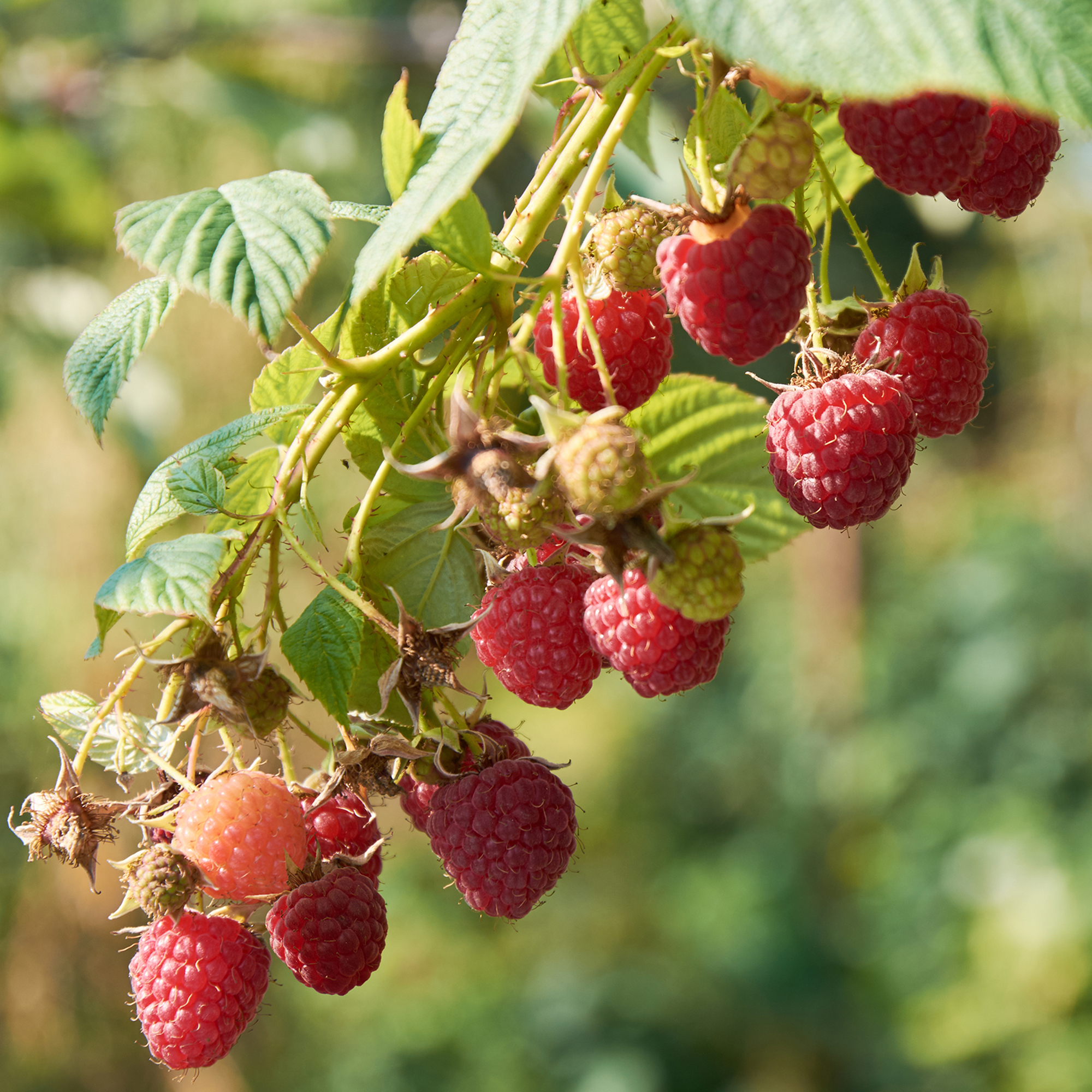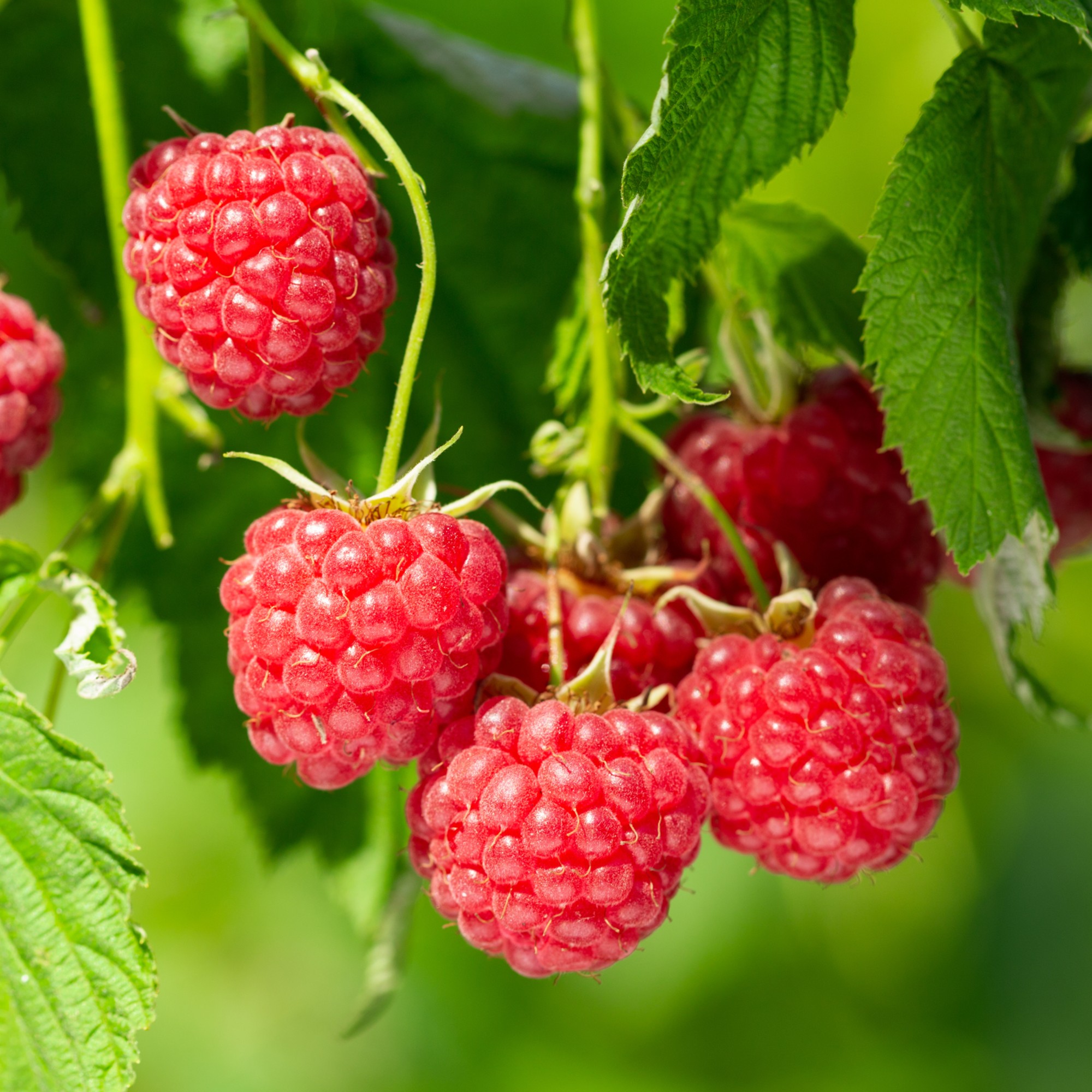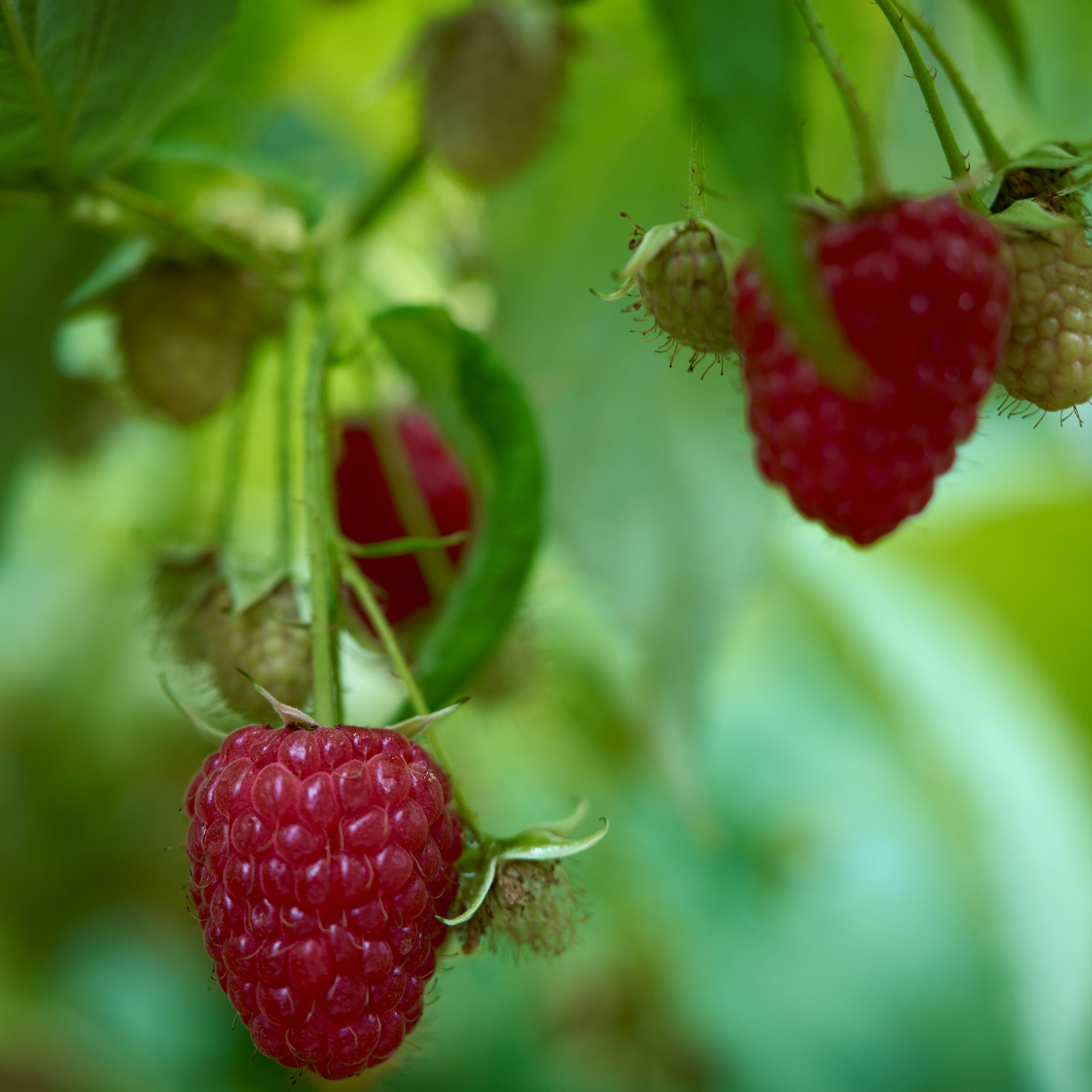
Honestly, there's nothing tastier than a bowl of freshly picked raspberries – still warm from the sun, maybe with a dribble of cream for good measure. Unlike summer raspberries, autumn raspberries produce their crop on the current season’s stems so the time to prune autumn raspberries differs slightly from their summer counterparts.
It's likely you already know how to grow raspberries, as they're one of the easiest crops around. How to prune your raspberries for summer fruiting varieties is slightly different to autumn raspberries, as are the timings fo when to do it.
Writing on his popular blog, Monty Don says that it's best to 'cut back autumn fruiting raspberries to the ground, removing all of last year’s canes' in late winter each year. This means you'll likely be tackling the job sometime between January and March, depending on your area.
'This timing ensures that the plants have completed their fruiting cycle and are ready to be pruned without disturbing new buds,' agrees Christopher O'Donoghue of Gardens Revived.
Of course, if your raspberry canes are starting to take over your garden border or your container garden, you might want to do a little tidying up in the early summer months.
If this is the case, just take the opportunity to thin out any very overcrowded clumps.

Now, anyone who already knows when to prune summer-fruiting raspberries will tell you that there is always an exception to the rule – and that is double cropping.
When to prune autumn raspberries for double cropping
If you want more bang for your buck, or more berry for your canes, then you'll definitely want to try double cropping your autumn raspberries.
'Double cropping basically just means harvesting two crops from the same raspberry plants in a single growing season,' explains Christopher.
'For autumn-fruiting raspberries, this involves allowing the canes to fruit twice – once in late summer and again in early summer the following year.'

As mentioned already, double cropping means redefining when to prune autumn raspberries – as well as what you're doing.
'In late winter, rather than cutting all canes down to ground level, leave a few of the strongest, healthiest canes that bore fruit in autumn. These will produce a second, lighter crop in early summer so long as you cut only the very top portion of these canes,' says Christopher.
He adds that, after the summer harvest from these retained canes, you should prune them out completely, down to ground level.
'New canes that have grown in the spring and early summer will then be allowed to produce fruit in the upcoming autumn,' he says simply.
What you will need
FAQs
How do you help autumn fruiting raspberries?
If you want to help autumn fruiting raspberries do their very best each season, you should try selective pruning to encourage double cropping (two harvests).
'In February, instead of cutting all the stems to ground level, select six to eight of the strongest ones per 1m (3ft) of row, and prune off just the upper fruited part, [then] cut all the other stems to ground level as normal,' advise experts at the Royal Horticultural Society (RHS).
Then, after the half-pruned stems have fruited in summer, you should cut them down to ground level so that the current year’s stems can fruit in autumn.
'After pruning, apply a layer of mulch around the base of the plants to help retain moisture and suppress weeds,' adds Christopher O'Donoghue from Gardens Revived.
Should you thin out autumn raspberries?
You only need to thin out autumn raspberries if it's truly necessary, focusing your attention on overcrowded clumps and removing weaker stems. The aim of this is to get your canes to a point where they're sitting about 10cm apart from one another, to help encourage air flow and expose the fruits to more sunlight.
Of course, now that you know when to prune raspberries, you can serve yourself a bowl of berries and cream and relax until it's time to get to work in earnest.







